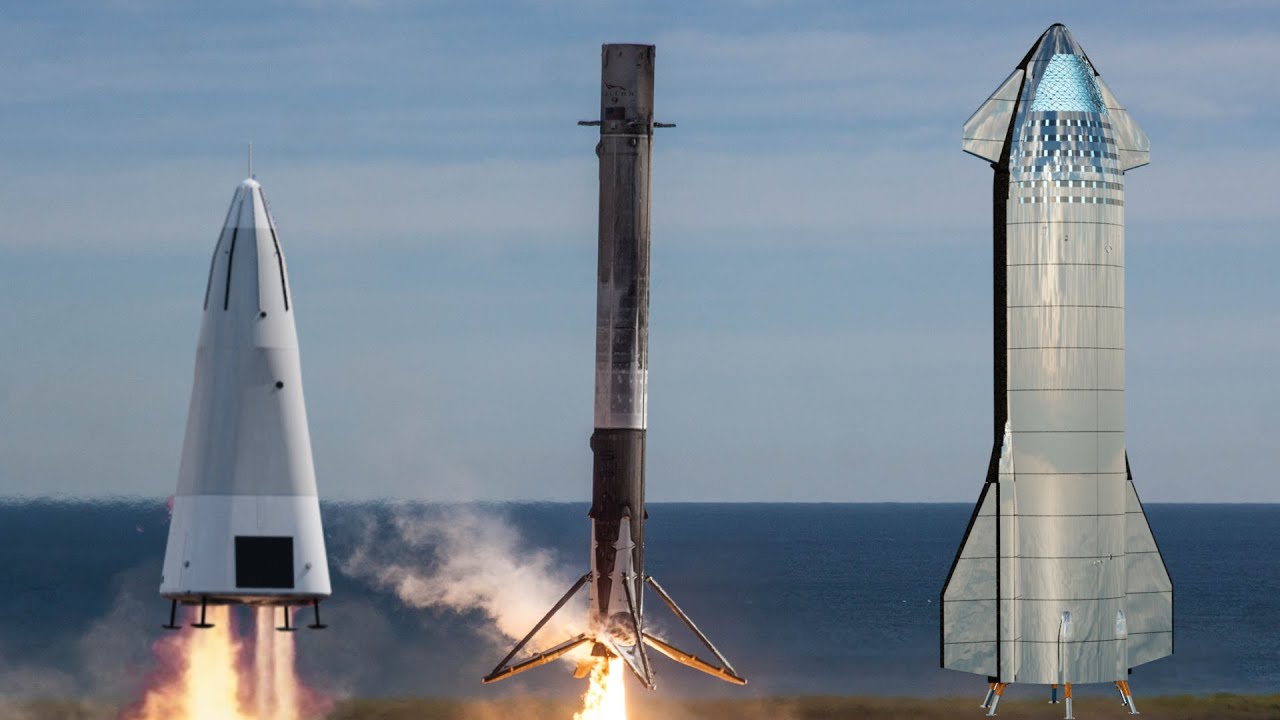At the 1992 conference of the Astronomical Society of the Pacific, S. Pete Worden, then Air Force Deputy for Technology in the U.S. Ballistic Missile Defense Organization (previously named the Strategic Defense Initiative) vented his frustration with NASA and the budgeting process that sets its priorities in a talk titled “On Self-Licking Ice Cream Cones” [PDF]. This coined the phrase, now in common use, for a self-perpetuating system that has no purpose other than to sustain its own existence. (This is similar, through not identical, to Jerry Pournelle’s “Iron Law of Bureaucracy”.)
Worden’s archetypal example was the NASA Space Shuttle and Space Station:
Since NASA effectively works for the most porkish part of Congress, it is not surprising that their programs are designed to maximize and perpetuate jobs programs in key Congressional districts. Almost two-thirds of NASA’s budget is tied up in this self-licking program. The Shuttle is an unbelievably costly way to get to space at $1 billion a pop. The Space Station is a silly design. Yet, this Station is designed so that it can only be built by the Shuttle and the Shuttle is the only way to construct the Station. Furthermore, the shuttle has to be “improved” to support the Station with a new solid rocket motor which is to be built you guessed it in the district of the Chairman of the House Appropriations Committee. Since there are tens of thousands of jobs tied up in the programs and most of NASA’s budget as well, there is not only no money to get out of this endless do-loop, there are positive political pressures to make sure that we don’t get out. Witness the fact that not even $175 million could be found out of NASA’s $14 billion budget to develop a new, cost-effective launch system. The appropriations committees effectively zeroed programs to develop this new launch system.
He observed,
This unfortunate train of events has resulted in a NASA which, more than any other agency, believes it works only for the appropriations committees. The senior staff of those committees, who have little interest in science or space, effectively run NASA. NASA senior officials’ noses are usually found at waist level near these committee staffers.
You might think such candour (for which Worden has been well known over his entire career) might be career-limiting for a self-described “Washington bureaucrat” involved in government space programs, but this was not to be the case. Worden would go on to command the Air Force 50th Space Wing, responsible for Department of Defense satellite operations, and was, in 2006, named Director of the NASA Ames Research Center, which position he held until 2015. He retired from the Air Force with the rank of Brigadier (one star) General. He is now chairman of the Breakthrough Initiatives project of the Breakthrough Prize Foundation.

